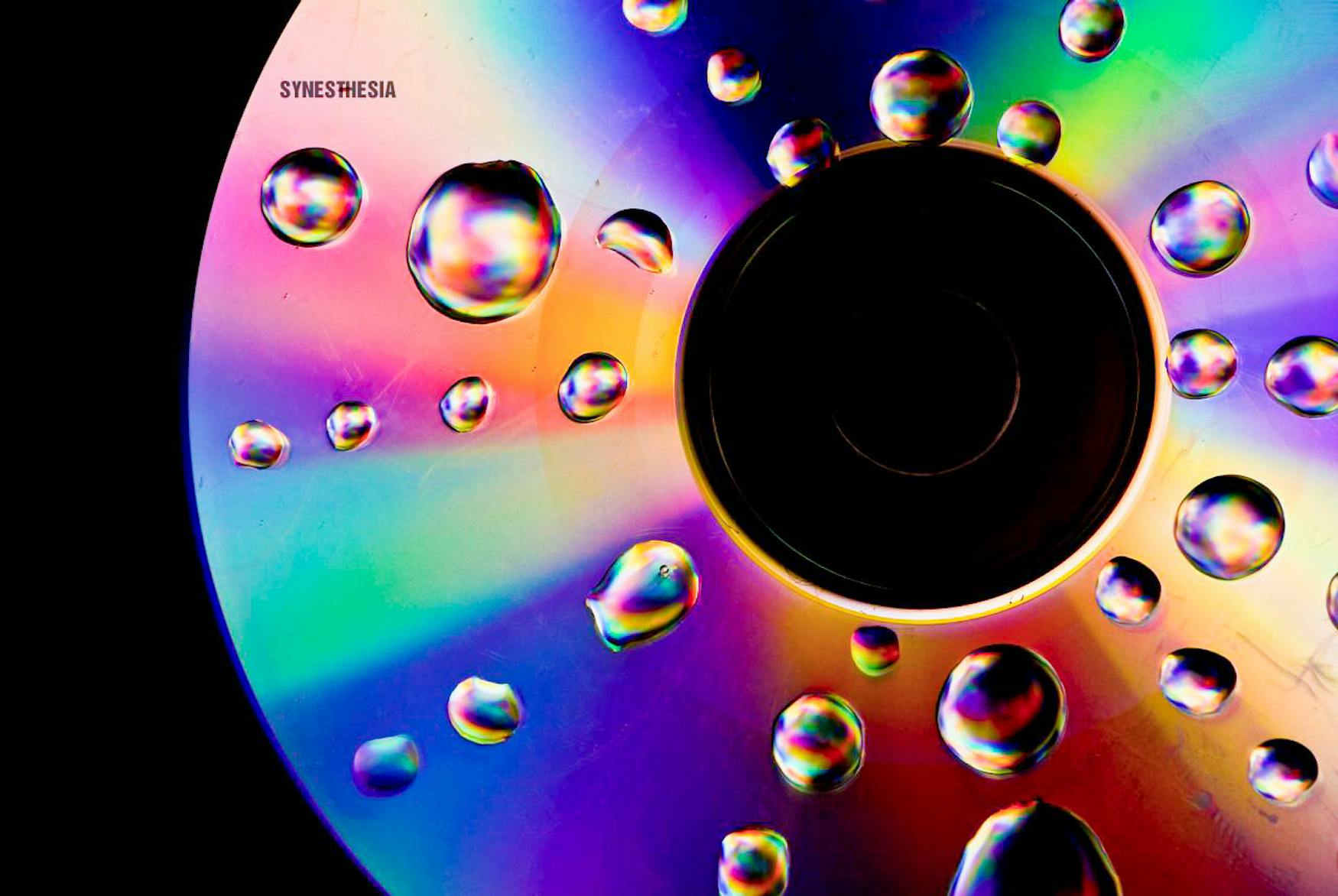Synesthesia: The color of sound
An early look into a documentary exploring an artist’s experience of synesthesia
Visual art and storytelling are powerful tools for bridging the gap between our individual perspectives, offering unique ways to express, interpret and connect with shared human experiences. While many turn to artistic mediums to convey their own perceptions, Brandeis alumni Alissa Fagin ’20 utilizes documentary filmmaking to explore the subjective experiences of others. Fagin’s work is unique in that it blends science and art together through filmmaking, ultimately communicating “science in a way that’s nuanced and emotional” and capturing the subjectivity still prevalent in a concrete field.
Recently, The Justice had the opportunity to sit down with Fagin and learn about her current and first independent documentary project, “Sound & Color,” which explores the enigmatic world of synesthesia, revealing one artist’s specific experience of how sound can translate into color. Ever since she was a child, Fagin has been fascinated by the variable experience of synesthesia, a neurological condition in which the mind relays information through unrelated sensory pathways, causing some people to experience sensations on multiple levels. She explained “synesthesia is fascinating because it’s extremely real and also the sensations that come out of it feel as real as the rest of reality” to those who are synesthetic. So, when it came time to make her own independent documentary, Fagin knew this was the concept worth delving into.
Initially, Fagin’s approach to the project was more traditional, focusing on an essay format that would offer a broad, scientific overview of synesthesia. However, as she continued planning, her aim shifted towards capturing a more personal and unique perspective on the condition. Consequently, the documentary evolved to center on the specific perceptions of synesthetic artist Sarah Kraning, allowing viewers to experience her world vicariously. Kraning, an American painter, uses her art to depict the distinctive visual way her mind processes sound. This raises the question: How can a filmmaker like Fagin effectively immerse the audience in Kraning’s subjective world?
For Fagin and her team, the solution lay in the visual. Fagin is crafting the documentary as a “process-driven” film in which Kraning’s independent artistry intertwines with Fagin’s journey to understand Kraning’s synesthesia. This culminates in a scene where animations illustrate Kraning’s perceptual response to a series of sounds. The documentary will feature interactions between Kraning and the animator, with Kraning walking against a black background while animations of her sensory responses illuminate the screen. Central to this exploration is the soundscape, composed by Brandeis alumnus Gavi Kutliroff ’19, which will accompany Kraning’s movements.
Defining the soundscape was a crucial step in the production process. Fagin explained that “sound is visual in this context, so the way Sarah experiences a given sound spatially will inform where the camera is positioned during each part of her interaction with the soundscape.” The goal was to artistically represent the corporeal experience of synesthesia, resulting in a soundscape that included elements like car honks and bustling crowds. However, due to the budgetary constraints typical of independent film projects, Fagin and Kutleroff had to regularly consult with Kraning to ensure that the sounds chosen would not lead to overly complex or costly animations.
Alongside creating the soundscape, Kraning collaborated closely with the documentary’s animator to translate her perceptions into visuals that could be understood by a non-synesthetic audience. Fagin described the process as, “Gavi is the input, Sarah is the formula, and Charlie [the animator] is the output.” Consequently, Fagin, Kraning, Kutleroff and the animator engaged in an iterative process, continuously exchanging sounds and reviewing experiences to finalize the representation of Kraning’s world.
The complex artistic nature of this documentary is ultimately a fascinating method of capturing the subjectivity of perception. However, beyond the technical complications present in translating Kraning’s experience into visuals for everyone, there were logistical issues that were necessary to consider for Fagin and her team. Fagin explained to The Justice, “as a creative, you want to be able to just create” but for film, a collaborative art, finances will always be a concern. She reflected on a crowdfunding campaign the production did in the past, as well as the grant applications and sponsorships they are still working to secure. In all of the work that goes into producing this film, in addition to working a regular job, it is inevitable that moments of uncertainty and doubt plagued Fagin.
Despite this, she maintains that even if the project were to fall apart, the answer to the question, “Was it worth it?” would still be a resounding “yes.” Throughout every artistic and technical aspect of creating this film, Fagin believes she has gained valuable insights and skills related to putting oneself out there, refining ideas and crafting a compelling story. Just as sharing Kraning’s experience is central to the documentary, the process of bringing Fagin’s own vision and curiosity about synesthesia to light has become significant in its own right.
As she will still be working on “Sound & Color” for at least another year, Fagin’s future projects are unknown. However, she expressed that she hopes to continue representing synesthetic artists through her future work. Synesthesia is an incredibly diverse trait that can manifest itself in a multitude of cross-sensory ways. While Kraning’s specific synesthesia is based on color, there are individuals who identify sound through everything from taste to numbers to space. Beyond “Sound & Color” and any future project being a valuable way of helping the individuals within the synesthetic community feel seen, Fagin aspires to help audiences question and consider their own subjectivity. By merging science and art, animation with documentary film, and not shying away from demonstrating her own artistic and communicative process, Fagin’s project stands to offer a profound exploration of what it means to perceive the world through a lens other than our own.



Please note All comments are eligible for publication in The Justice.